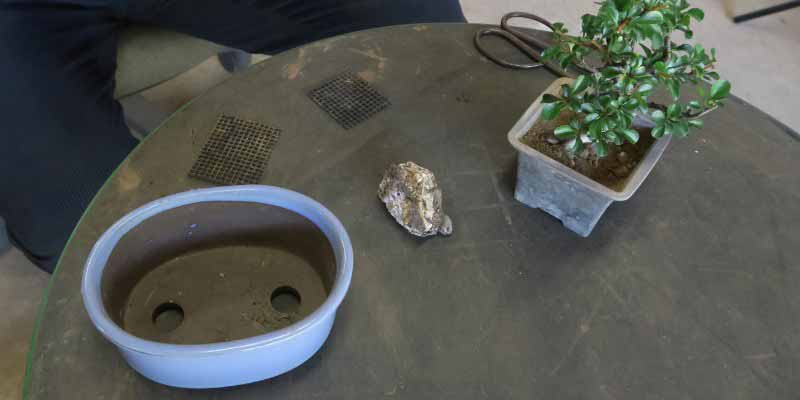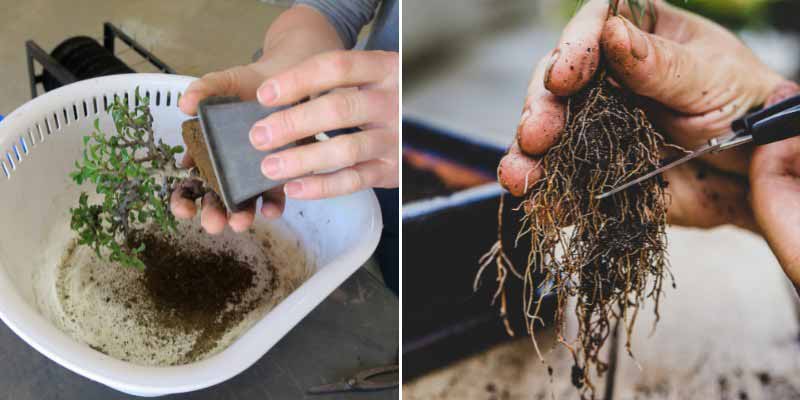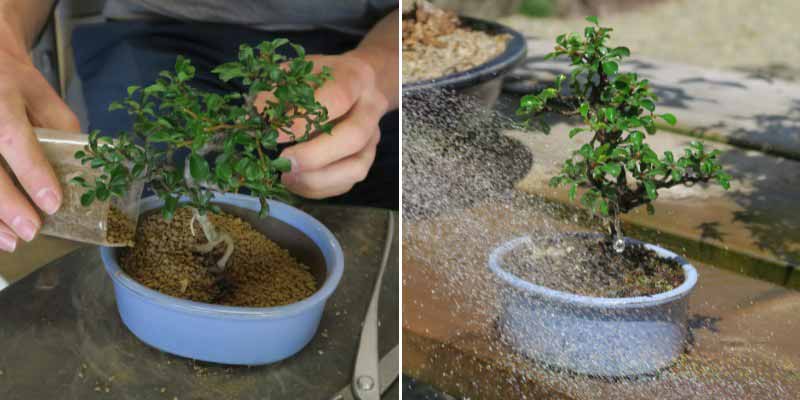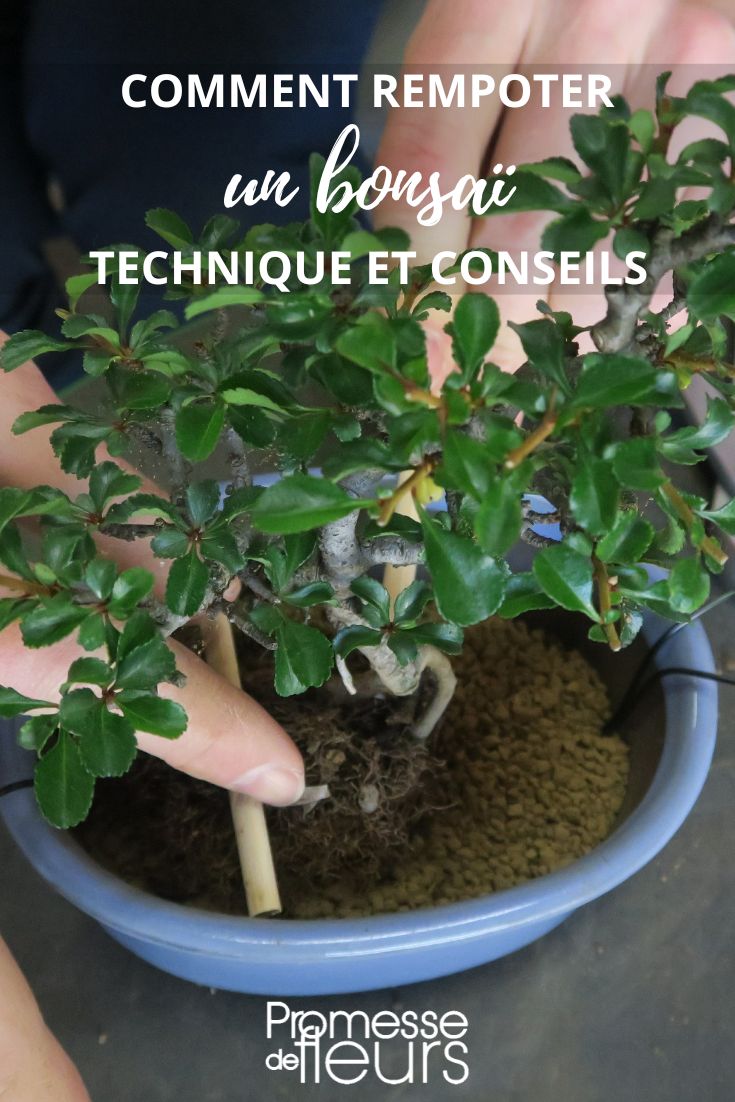Bonsai are miniature trees from Japanese art. For a bonsai to flourish fully, it needs careful, meticulous maintenance. Repotting is an essential step to keep your bonsai healthy. It renews substrate, prevents roots from becoming cramped and encourages better growth. Here’s when and how to repot your bonsai, plus some tips for aftercare following repotting.
What is a bonsai?
A bonsai is a miniature tree grown in a small pot, arising from an horticultural and artistic practice rooted in ancient Japanese and Chinese traditions. Word "bonsai" literally means "planted in a pot" in Japanese (bon = pot, sai = to plant).
Contrary to what one might think, bonsai is not a specific species of tree, but a cultivation technique. Any tree or bush can be turned into a bonsai, whether a pine, maple, ficus or even an apple tree. What distinguishes a bonsai is art of pruning it, shaping it and controlling its growth so it retains an adult, natural appearance while remaining small in scale.
Goal is to create a realistic representation of a full-size tree, but in miniature. This process requires techniques such as pruning of branches, root reduction, use of wire to shape forms and constant attention.
When should you repot a bonsai?
Repotting should not be done too often, but is essential at certain key times. Ideal is to repot in early spring, before tree begins to produce new shoots. At that time it is less stressed and will recover more easily. Bonsai should be repotted every two to three years, or even annually for most vigorous species, to ensure healthy roots and optimal growth. Time to repot your bonsai when roots start to form a tight circle around root ball, filling entire pot. If this is not the case, you can wait another year before repotting. Generally, repotting schedule:
- Young bonsai (under 5 years): every 1 to 2 years.
- Mature bonsai: every 3 to 5 years.
Which pot to choose?
Choice of pot for your bonsai is important, not only for aesthetic reasons but also for plant wellbeing. Pot should be wide enough for roots to spread, while remaining proportionate to size of your bonsai. A shallow pot is preferable, as it limits excess water and encourages development of roots near surface. Check that pot has drainage holes. This will prevent waterlogging, which could rot roots. Repotting does not necessarily mean changing pot, but mainly renewing substrate and pruning roots.

Which substrate to use for repotting a bonsai?
Substrate must provide both good drainage and sufficient moisture retention for your bonsai. There are two main options for substrate:
- Ready-to-use potting compost for bonsai: Composed of turf, pine bark, pumice and topsoil, this mix is often favoured by beginners or for species less sensitive to growing conditions. It offers a good compromise between water retention and aeration.
- Custom mix: You can make your own substrate with 25% pumice (volcanic rock), 50% granular clay (Akadama), and 25% organic material (potting compost or pine bark). This type of mix allows optimal oxygenation of roots, helps retain moisture, supplies necessary nutrients and reduces risk of rot. It can be adjusted according to species of your bonsai and conditions of your environment (indoor, outdoor, dry climate, etc.).
How to repot a bonsai?
Required materials:
- A new pot (appropriate size and with drainage holes)
- Some substrate for bonsai
- Clean, disinfected and sharp scissors
- Garden gloves (facultative)
- A spray bottle
Repotting steps:
- Gently remove bonsai from its current pot. You can use a small fork or a special tool to loosen root ball if compact.
- Inspect roots. Cut about one-third of roots, focusing on longest or thickest roots. This will encourage growth of finer, vigorous rootlets and help balance plant.

- Add a first layer of substrate to bottom of pot (about 1–2 cm).
- Place bonsai in new pot, then fill in with new mix. If not changing pot, simply remove one-third of old potting compost.
- Press substrate lightly to remove air pockets, but without compacting too much so as not to harm drainage.
- Ensure tree is straight and stable
- After repotting, water your bonsai thoroughly to moisten substrate well and help plant settle into new environment.

Aftercare following repotting
Repotting can be a little stressful for your bonsai, so here are a few tips to help it recover well.
Watering
During first weeks after repotting, water regularly but without excess. Substrate should remain moist but not waterlogged.
Fertiliser
Wait about 4 to 6 weeks before resuming fertilisation of your bonsai. Use a balanced liquid fertiliser specially formulated for bonsai, rich in nutrients but gentle to avoid burning freshly cut roots.
































Comments